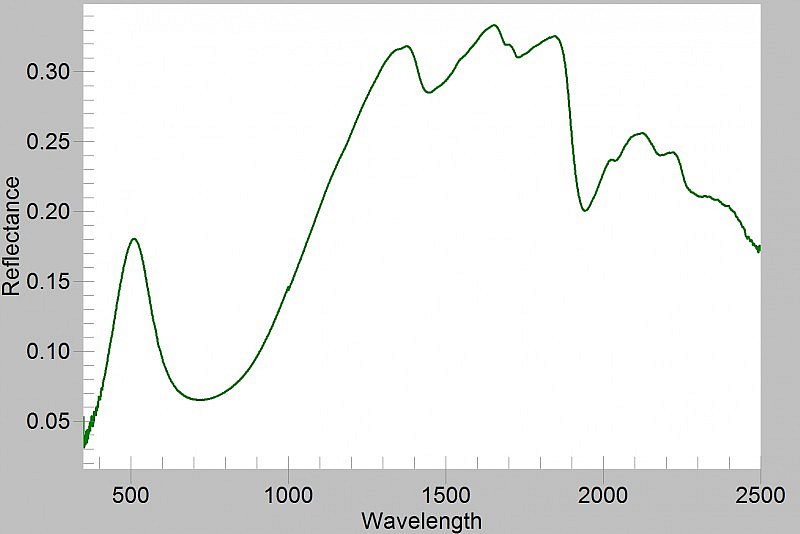The Psalter-Hours of Isabelle of France
Painting the flesh
Artists' Techniques
Three of the main artists (Hands A, B and C) modelled flesh tones on a lead white base (e.g. fols. VIr, 42r, 191v). Hand B, and occasionally Hand C, added a touch of red on the cheeks (e.g. fols. 42r, 177v). Facial features and hair were outlined with fluid carbon black lines.
Hand D used a pink colour instead for the base layer in flesh tones (e.g. fol. 220r). He rendered facial features and other anatomical details in a sophisticated way, with brown shadows and white highlights yielding a more realistic effect.
1
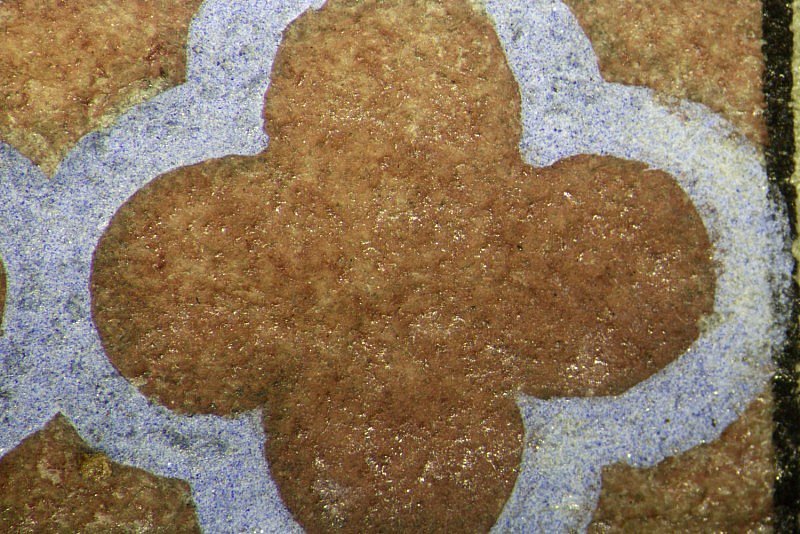
Detail of the red quadrilobe under magnification (16x). XRF analysis (below) allows the identification of gypsum (Ca, S) and an organic colourant (P, Al, K). The high amount of phosphorous may indicate that the dye was extracted from insects.
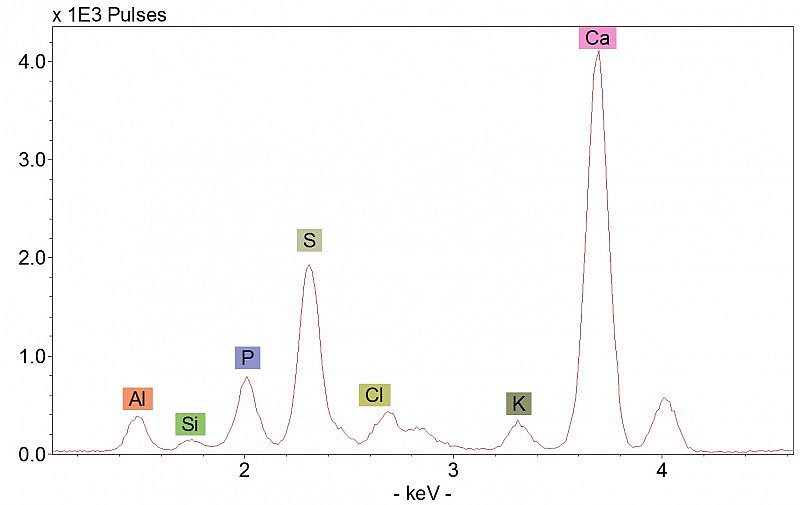
2
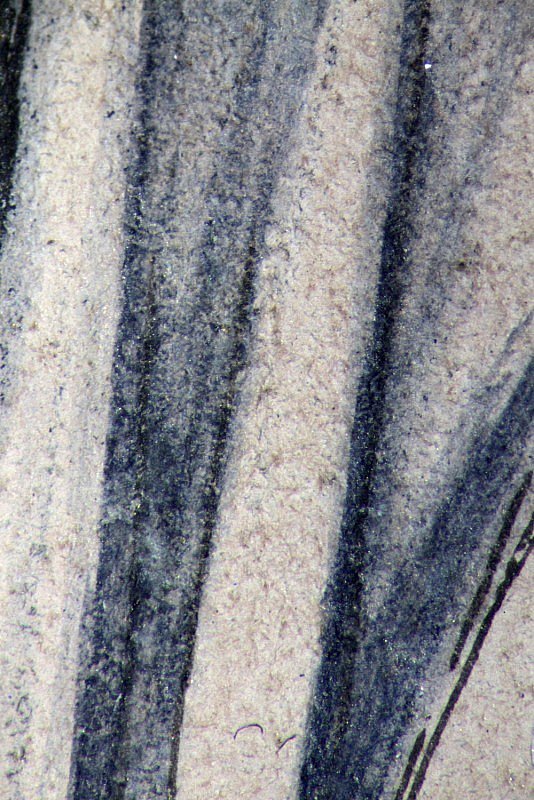
Detail of the folds in the tan-coloured robe under magnification (20x). The dark blue colour of the folds was obtained with indigo.
3
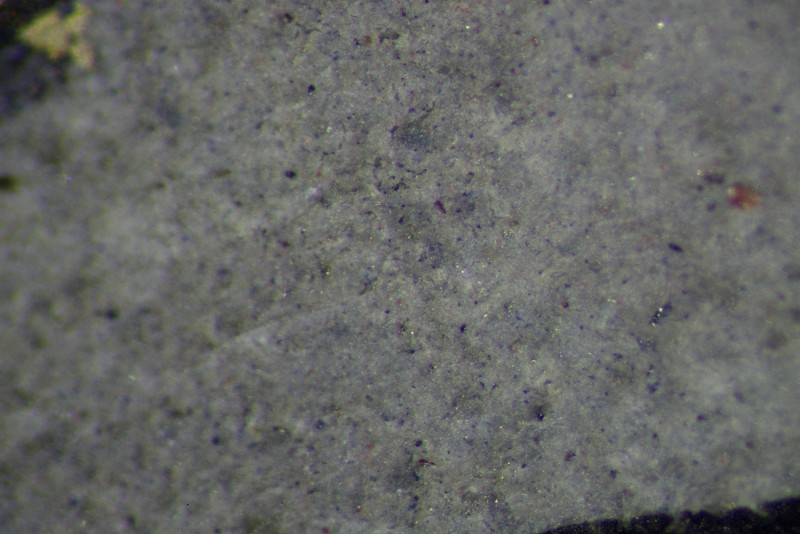
Detail of the brown hat under magnification (60), showing blue, orange and translucent red particles in a white matrix. FORS and XRF analyses identified the components of this complex mixture as indigo, red lead, an organic red and possibly lead white.
4
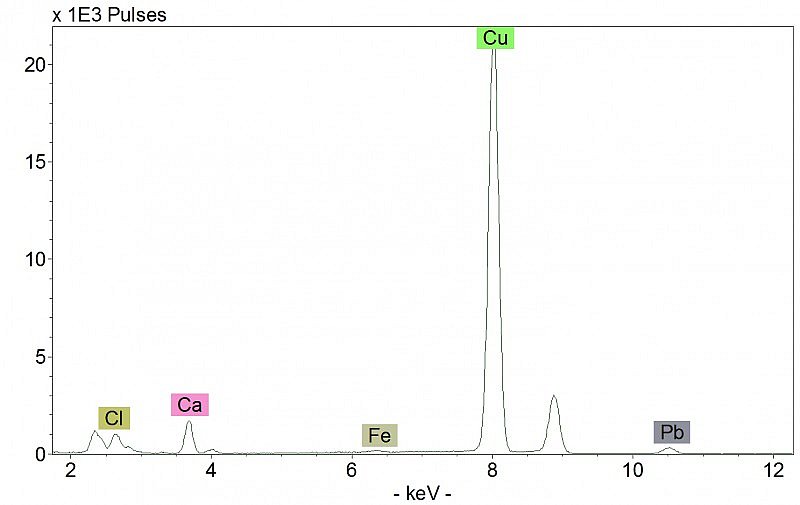
The XRF spectrum (above) of the green wall reveals the presence of a copper-based pigment, which also contains chlorine (Cl). The shape of the reflectance spectrum (below) allows the identification of verdigris, a pigment with variable composition which in this case includes copper chlorides.
